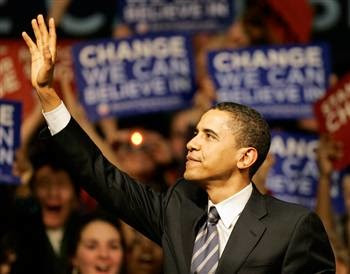
I chuckled to myself about this human-like behavior then got to thinking about all of the unusual sights I've seen while riding my bike.
First, the animals. I've seen many deer and the occasional racoon, which usually flee when they hear me coming. The turkeys, however, do not. They aren't afraid of cyclists. Problem is they travel in groups. They'll move out of one's way, but take their sweet time doing so. I've nearly hit turkeys several times, which can be pretty scary when you're going downhill at 30 miles per hour.

By the way: do you know that the term for a group of turkeys is "rafter" or "gang"? Gang seems especially appropriate for the turkeys around here - they walk around like they own the place.
On the stretch of Shoreline Highway between Muir Beach and the Panoramic Highway junction, I often see Red Tailed Hawks, Owls and other predatory birds roosting on the utility lines or soaring above the valley.

Very cool, especially during the spring, when you can see lots of young Red Tails learning to fly and hunt.
Most unusual animal sightings were the Bobcat, which bolted into the woods after I startled it, and the red fox which darted across the road in front of me. The fox sighting was so unexpected that I googled them when I got home. As I suspected, this is not a native species. Was I seeing things? Then, a couple of weeks later, I saw it again.

Unmistakeably a red fox. So, how did it get here?
Ridgecrest Boulevard between Rock Springs and Bolinas-Fairfax road on Mt Tam is a very popular spot for filming car commercials. While on my rides, I've stumbled upon film crews three times; once while filming a Dodge Magnum commercial and twice for different Acura models, the RDX and the TSX

I also see a lot of cars and car clubs that are just out for fun. The roads I chose to ride are hilly and winding. Good workout going up, a blast coming down. Very little car normal car traffic, but lots of cars whose drivers are attracted to the thrill of driving twisting roads.
Among the cars I've seen are a rare Delorean, which you may recognize from the "Back to the Future" movies. This was a weird car built in Ireland with the engine in the middle, not the front, butterfly doors which open upward like wings and an unpainted body made of stainless steel.

I saw a group of five climbing the road above Alpine Lake.
Another time a metallic blue Ferrari F40 came screaming down the road in the opposite direction. I heard this car long before I saw it.

As it passed me, I got a good look at the driver. It was multiple Olympic gold medalist Michael Johnson, who lived in Tiburon at the time.

Makes sense that fast runners like fast cars.
Once, a racy looking red car that I'd never seen before passed me just outside of Mill Valley.

It turned out to be an Infiniti G35 coupe, which had not yet been released for sale. It was being road tested by Car & Driver magazine. I later saw the article, along with photos unmistakeably taken in Marin, in which the writer described the test route "on Highway One, north of San Francisco".
One of the first cars that allowed its buyers to customize the way it looked with special paint, wheels and stripes was the Mini Cooper. In order to advertise this and to show the car off before making available for sale, Mini got a group of drivers to go on a coast to coast tour. I encountered this tour, 18 Minis, all customized differently, between Muir and Stinson beaches.

The most memorable and unusual car encounter I had was in 2004, when Lamborghini, an Italian manufacturer of "supercars" introduced a new model called the Gallardo. The Gallardo sells for a mere $200,000, or about the same as 20 Honda Civics. To celebrate the introduction of the Gallardo, and the 40th birthday of the company, Lamborghini invited all Lamborghini owners in the Bay Area to join a couple of Gallardos for a drive. 128 Lamborghinis showed up.

They passed me on the road between Olema and Point Reyes. Loud, beautiful, fast.
Finally, there are the unusual people I've encountered. There was the guy celebrating his 70th birthday, blowing past me on the way up Mt. Tam, and the guy, bombing down the mountain, screaming "YEE HAAAA!", a camera phone taped to his helmet.

Then there were the skateboaders. I encountered three skateboarders racing down a long downhill near Alpine Lake at about 25 miles per hour.

As I pulled alongside one of them, he glanced at me and said, "What's up dude?"








































